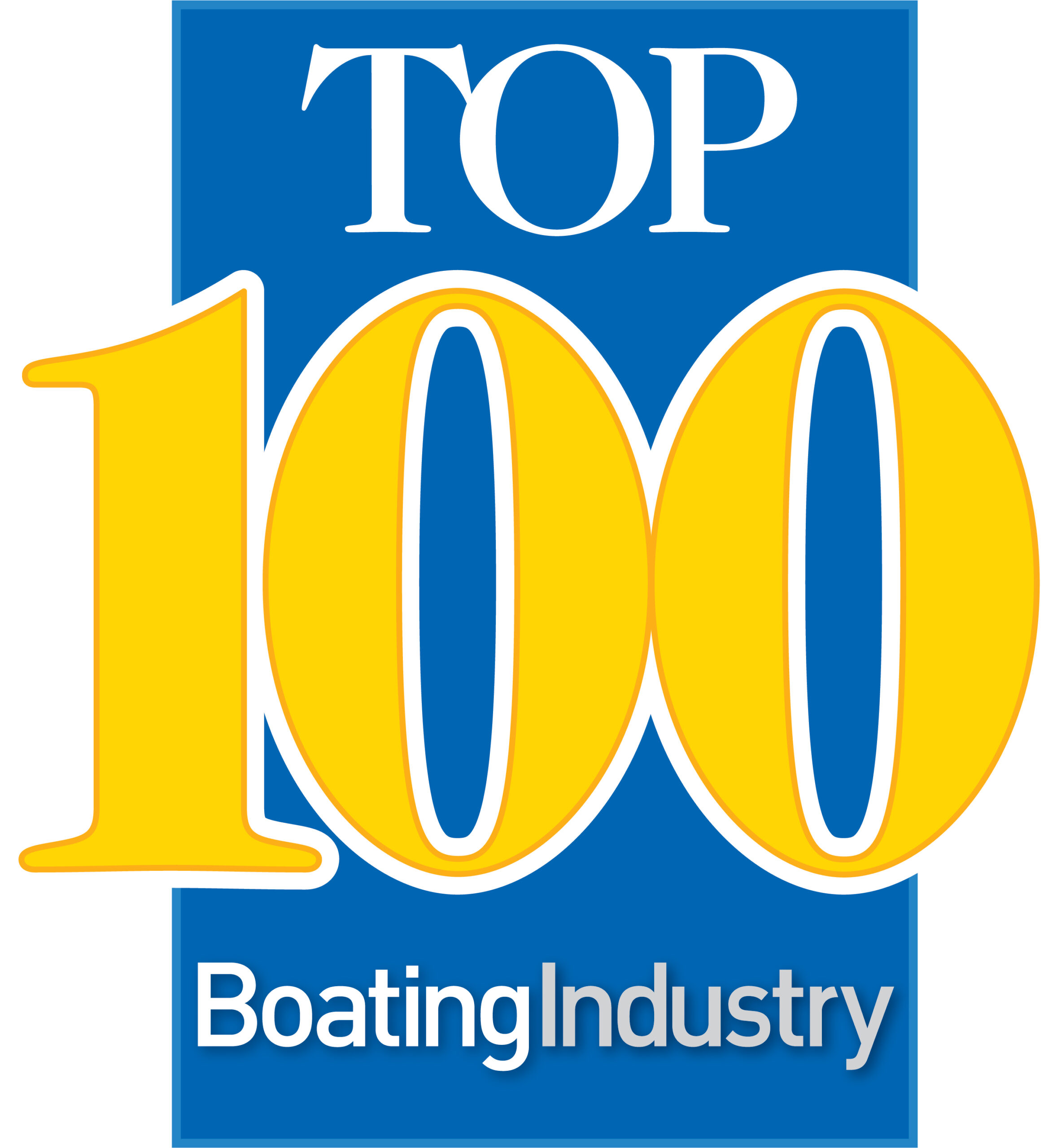Churn no more
Cross marketing can help all boating industry segments find new customers.
Unlike the overall marine industry, the comparatively small water ski and wakeboard boat segment has enjoyed modest but consistent year-over-year growth since the fall of 2003. This segment is known for its extensive tournament support, professional athlete endorsements and cross marketing efforts. And while tournament sponsorship and athlete endorsements address the existing ski and rider audiences, the growth in the segment can be attributed, at least in part, to aggressive cross marketing efforts to bring new enthusiasts into the category.
Many boat manufacturers have leveraged partnerships with entities outside of the marine industry: Sea Ray and BMW; Boston Whaler and The Weather Channel; American Marine Holdings and Universal and so on.
Meanwhile, other marine industry marketers claim that budgetary constraints prohibit them from exploring promotional opportunities outside of their core markets. There are at least two fatal flaws in this perspective: first, we can ill afford to churn through the same customers in a shrinking industry; second, a cross marketing relationship doesn’t have to be expensive.
The water ski and wakeboard boat companies (and budgets) are small by comparison to some of the aforementioned brands, but they have figured out ways to exploit relationships from motocross to theme parks. The agreements can be as simple as a trade of ad pages in customer magazines, bartering product or sharing display space at shows or major events. A healthy partnership is one in which you work together to develop creative ways to achieve mutual exposure and sales.
Partnering up
Finding the right partner is crucial. Make sure the partner you choose shares the core values associated with your brand. If you make a high quality product, the partner also should be associated with superior quality. Misalignment – pairing a high quality product with a product or service of low perceived quality – will result in confusion and possible brand deterioration.
Evaluate your partner’s customer demographics to ensure they are compatible in some way with those of your customers. This doesn’t mean that they have to be identical; in fact, they should have differences. Look for similar income levels, education or psychographic characteristics. If you are trying to expand to different markets, you may target a partner with a stronger presence in different geographic regions or with a different age group.
When I first arrived at Correct Craft and saw they were heavily involved with motocross through MX Sports, I thought they’d lost their minds. But when I looked at the research, there are common traits between the two groups particularly relative to their affinity for extreme sports. There is significant crossover between wakeboarding and motocross.
Look for a partner that brings complementary assets to the table – global presence, strong retail channel, innovative technology, brand cachet, etc. Then jointly construct a promotion or event that leverages the combined assets to the mutual benefit of both parties. That mutual benefit should be quantifiable in terms of exposure and sales.
Generating a return
Speaking of quantifiable, marketers hate it when accounting challenges them to demonstrate return on investment. It strips away the beauty and creativity associated with a promotion and turns it into nothing but raw incontrovertible data. It seems so dirty. Unfortunately, the bean counters seem to have the upper hand when it comes to funding, so marketers have to resort to more than their expertise and gut feelings to justify the investment.
Accordingly, the partnership contract should have clearly defined methods to capture prospect information and to track that back to future sales. Because these details take a while to develop and execute, multiple year contracts are suggested. This gives you a chance to hone what worked well and to modify those aspects that need improvement.
Once you launch a promotion or conduct an event, you need to be prepared to do something with the leads you generate. If they languish in the same cardboard box in which they were collected, they aren’t doing anyone any good.
Ultimately, go back to the original list of contacts and cross that against new warranty card holders for a period after the promotion or event has ended. Keep in mind that it may be several months or a year after a promotion concludes before a purchase occurs. If the program has resulted in enough exposure and sales to justify the investment, you have the irrefutable evidence you need to demonstrate to accounting that your gut feeling was right on.




